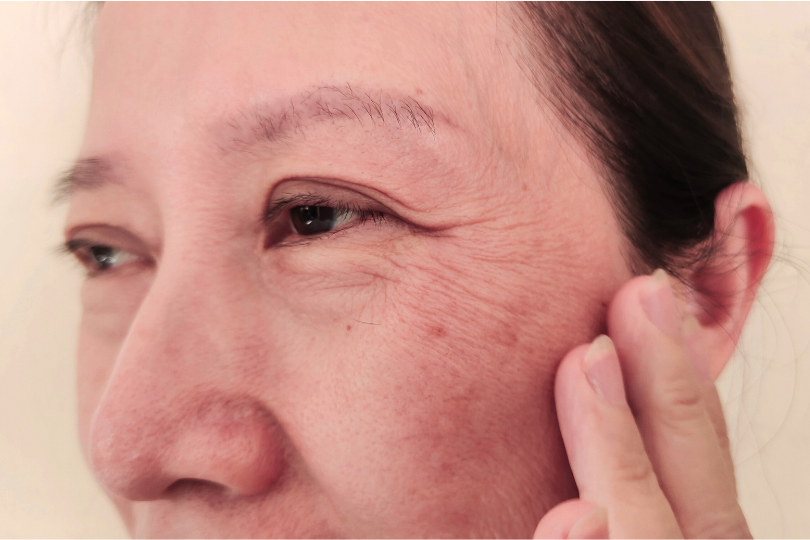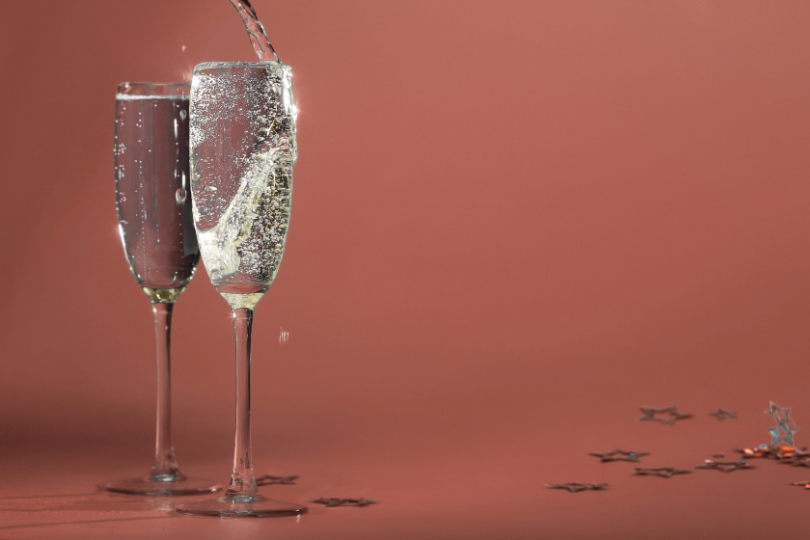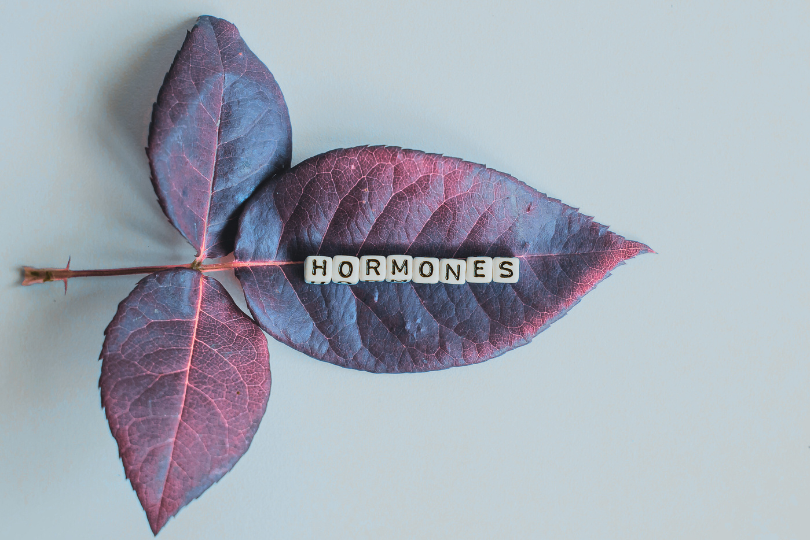Trying to get pregnant after 35 is completely possible, though fertility does naturally decline with age. This article explores the impact of age on fertility, steps to understand your reproductive health, and actionable tips for improving your chances of conceiving.
Fertility starts to decline in the late 20s to early 30s, with a sharper decline after 35. Here’s why:
By their early 40s, a woman’s chances of conceiving naturally are much lower but not impossible. A woman is only considered biologically infertile once she reaches menopause and stops releasing eggs.
Knowing when you conceive is one of the most critical factors for success. Timing intercourse during your fertile window—the days leading up to ovulation—maximises your chances.
If you’ve been trying to conceive without success, it’s important to know when to seek help:
If you want to be proactive to understand your fertility better, testing is a great place to start.
While fertility does decline with age, there are natural ways to increase fertility after 35:
Trying to get pregnant after age 35 is a unique journey for everyone. Starting with fertility testing gives you a clearer understanding of where you stand and helps you make informed decisions about your next steps.
If you haven’t conceived after 6 months of trying, or if you’re experiencing symptoms like irregular periods or heavy bleeding, don’t wait to reach out to a doctor. Whether you’re curious about your chances of falling pregnant at 35 or already on the journey of trying to conceive, a fertility testing can give you greater clarity on your next steps.
Book a couple's fertility screening or an in-depth reproductive health screening for women to get started.



If your routine suddenly feels out of step, it’s not your products, it’s your hormones. As estrogen begins to fall, the signals that keep skin strong and hydrated weaken. Dryness, breakouts, pigmentation, and slower healing start to appear, even with the same products you’ve always used. The good news: you can adapt. With smart everyday care (SPF, hydration, retinoids, vitamin C), lifestyle support (nutrition, sleep, stress), and medical options when needed (prescription treatments or hormone therapy), your skin can stay strong and healthy well into your 40s, 50s, and beyond.

Menopause isn’t just the end of periods. It’s the start of a new phase where lower estrogen levels can affect your bones, heart, brain, skin, and more. This guide breaks down what’s happening in your body and what you can do to stay strong and well after menopause.

No one talks about it, but perimenopause can hit in your 30s or 40s, and it’s not just about your period. Think brain fog, poor sleep, low libido. Here’s what to look out for and what you can do.